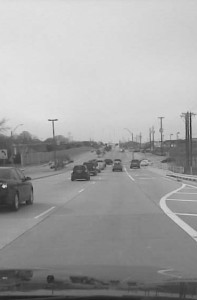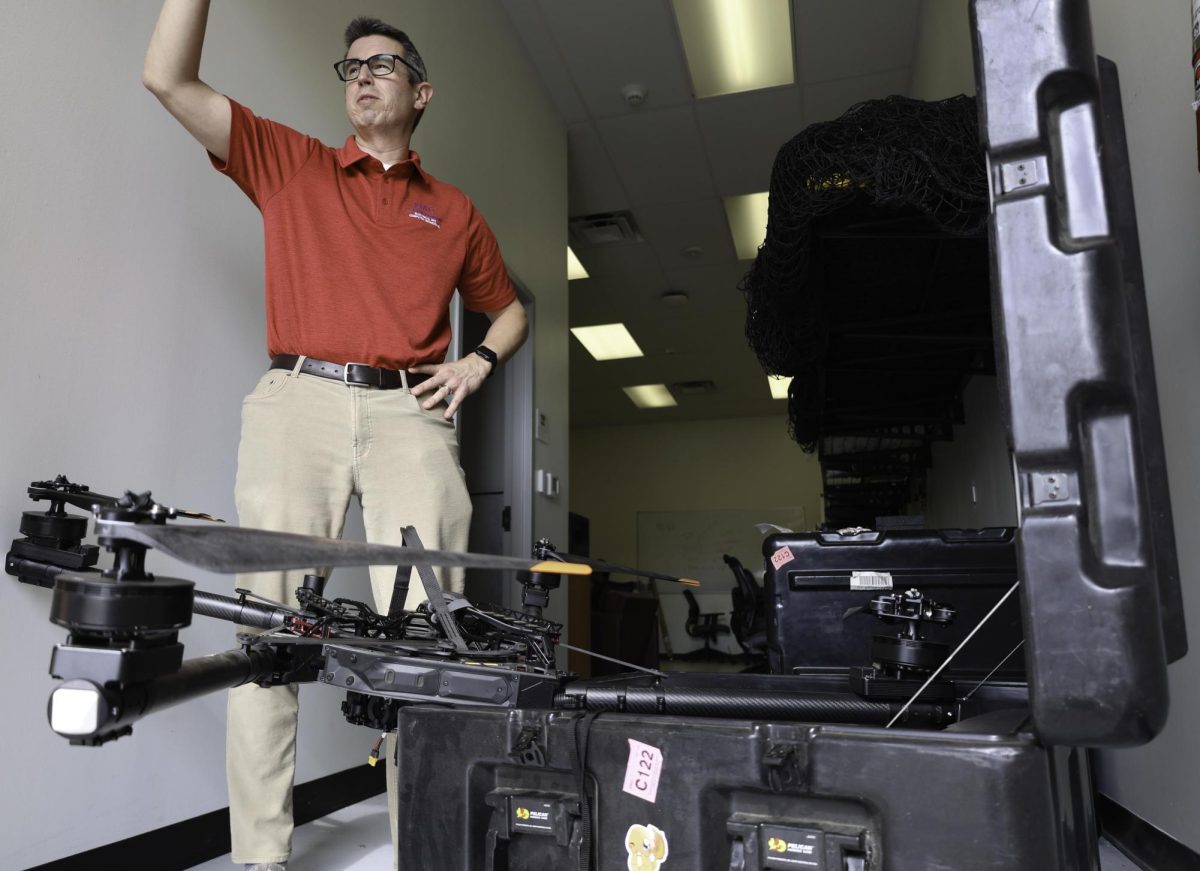
In 2010, SMU student Claire Kelley was coming back from a Texas Tech basketball game with a friend in the late afternoon when the unthinkable happened.
“We went around a curve in the road and this woman swerved and hit us. She had been drinking all day at this bar and lost control of her vehicle and was going 70 [mph] in a 40 [mph zone],” Kelley said.
The driver, whose BAC level was double the legal limit, was ejected from the car and died instantly, while Kelley and her friend waited for help.
It was worse than she thought.
Kelley ended up shattering her vertebra and broke her tibia and fibula a few inches above her ankle.
Kelley was luckier than most. Most victims of drunken driving don’t survive it.
According to Mothers Against Drunk Driving, 28 people die a day from drunk drivers.
“You should take into account that it’s not just your life, it is other peoples too. You’re not only putting yourself at risk, but others as well,” Southern Methodist University student Whitney Babin said.
States across the nation have implemented many laws to keep repeat violators off the roads. There are checkpoints set up on highways around holidays, and some states are setting up random checkpoints throughout the year. There is now talk across the nation that all 50 states should have to adopt a BAC cutoff of .05 compared to the now impaired driving BAC level .08.
This push comes from the National Transportation Safety Board and is backed by MADD. MADD is advocating that all 50 states follow through with the new law because although the rate of drunk driving deaths has gone down from 10 years ago, it has stayed at a steady number the past 5 years.
“This could save so many more lives,” MADD North Texas manager of victim services Terri Peaks said.
The average drunk driver has driven drunk 80 times before a first arrest, and most of the time checkpoints that are set up to check for drunk drivers help find those drivers before something bad happens, according to MADD.
Fifteen states, not including Texas, require breathalyzers in cars of first offenders. Texas has mandated the ignition interlock devices for extreme drunk driving (.15 BAC or higher).
“Although the breathalyzers can be defeated, it is in my opinion that they do help curb an impaired driver from being on the road,” Southern Methodist University Police Officer Matthew Porter said.
The problem is that BAC levels are different for people of different heights, weights, and gender. Many people reach past “buzzed driving” at the .05 level.
“The measure of one’s BAC level is a baseline measurement for a driver’s impairment and in my opinion, the lower the better. However some drivers may be impaired at a lower level than others.According to the National Transportation Safety Board, ‘lowering the rate to 0.05 would save about 500 to 800 lives annually,’” Porter said.
And in the past, lowering BAC levels has helped significantly.
In the 1980s, many groups brought attention to drunk driving because many states required a .15 BAC level to say the driver was intoxicated.
University Park Crime Prevention Officer Lita Snellgrove said “In the long run, I think it would help. Initially, we would be arresting a higher number of people with a lower BAC level.”
It seems that that may be what it takes to help lower the amount of accidents related to alcohol.
In 2004, all 50 states had accepted the lowered BAC level of .08 and the number of alcohol-related highway fatalities had dropped from 20,000 in 1980 to 9,878 in 2011, according the National Transportation Safety Board.
“No matter what the ‘impaired’ BAC level is, if you’re impaired enough to be pulled over because you’re swerving so much, then something’s wrong,” Southern Methodist University student Olivia Varah said.
Esaili is a junior majoring in Journalism. She can be reached at hesaili@smu.edu.








